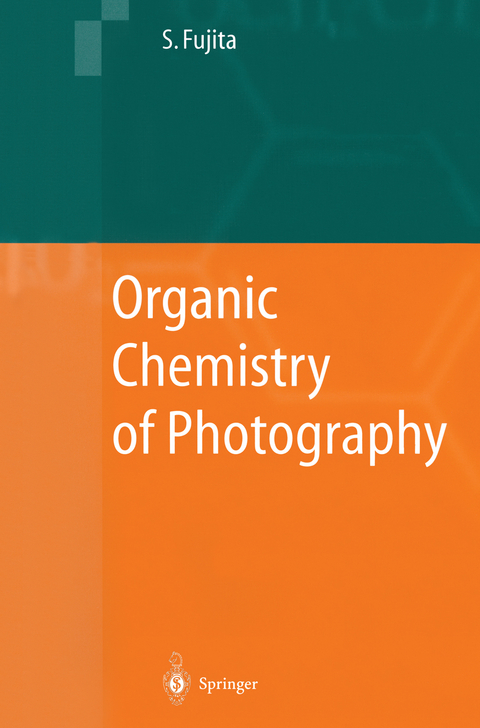
Organic Chemistry of Photography
Springer Berlin (Verlag)
978-3-642-05902-5 (ISBN)
In conventional color photography, spectral sensitizers cooperate with silver halide as acceptors of light during the exposure process, color developers reduce silver halide grains during the developing process, and finally the resulting oxidized developers react with couplers to form imaging dyes. Instant color photography gives us an alternative way of realizing excellent color reproduction, in which dyes changing their diffusibility play an important role. The aim of this book is to provide researchers and graduate students with a perspective on how such organic compounds work in color photography and how seemingly miraculous techniques based on organic chemistry lead to color images of high quality. The readers will acquire the philosophy and learn from hints on how to develop functionalized organic compounds.
I Fundamentals of Photography.- 1. Photography Based on Silver Halides. An Overview.- 2. Photographic Emulsions.- 3. Silver Halide Crystals. Fundamental Properties.- 4. Silver Halide Crystals. Photo-Sensitivity.- 5. Photographic Development and Developers.- II Principles of Color Photography.- 6. Color Reproduction.- 7. Spectral Sensitization and Sensitizing Dyes.- III Chromogenic Photography.- 8. History of Color Development.- 9. Color Developers.- 10. Couplers.- 11. Two-Equivalent Couplers.- 12. Colored Couplers.- 13. DIR Couplers and Related Compounds.- 14. DIR Hydroquinones and Related Compounds.- IV Diffusion Transfer Photography.- 15. Silver-Salt Diffusion Transfer Photography.- 16. Chemistry in Instant Color Photography.- 17. Dye Developers.- 18. p-Sulfonamidonaphthol Dye Releasers.- 19. o-Sulfonamidophenol Dye Releasers.- 20. Positive-Working Dye Releasers.- V Dye Bleach Photography.- 21. Silver Dye Bleach Photography.
From the reviews:
"This well-documented reference text offers opportunities for the scientific community to apply the database of information on photo-chemical compounds in some new products. ... All chapters are well referenced ... . I believe the text will be useful for serious photographers and students who wish to have a concise reference on most of the mechanisms and chemistry of film photographic systems. The obvious area that the volume is aimed at is for R&D professionals engaged in product development ... ." (Dr. Bert Hovelling, Chemistry in Australia, June, 2005)
The book is based on lectures given at the Kyoto Institute of Technology, and draws on the author's many years of experience in research ... . This book will serve as a good reference source for everyone whose work is concerned with the chemistry of photography ... . For teachers of organic chemistry, it is an interesting resource ... . the book should find a firm place not only in the libraries of university departments and industrial laboratories, but also in many private bookshelves." (Michael W. Tausch, Angewandte Chemie International Edition, Vol. 44 (18), 2005)
| Erscheint lt. Verlag | 30.11.2010 |
|---|---|
| Zusatzinfo | XIX, 588 p. |
| Verlagsort | Berlin |
| Sprache | englisch |
| Maße | 155 x 235 mm |
| Gewicht | 903 g |
| Themenwelt | Kunst / Musik / Theater ► Fotokunst |
| Naturwissenschaften ► Chemie ► Organische Chemie | |
| Naturwissenschaften ► Physik / Astronomie ► Festkörperphysik | |
| Naturwissenschaften ► Physik / Astronomie ► Thermodynamik | |
| Schlagworte | Color Photography • Material Science • Organic Chemistry • photography • silver halide crystals |
| ISBN-10 | 3-642-05902-3 / 3642059023 |
| ISBN-13 | 978-3-642-05902-5 / 9783642059025 |
| Zustand | Neuware |
| Haben Sie eine Frage zum Produkt? |
aus dem Bereich


